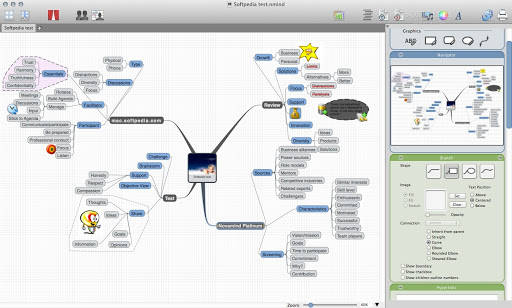

The PV-12 was to have two features which would distinguish it from previous designs. This move terminated the leaking of the top joints in both the Buzzard and the highly modified "R."Īs it happened, Royce and his team chose to use the experience they had gained from previous engines rather than a specific model to develop a new V-12 powerplant. From Kestrel experience, R-R had learned that each cylinder needed six cylinder head studs. These would sometimes lead to a cylinder becoming partially filled with water on standing resulting in a failed con-rod when starting up."Īs a basis for a new engine, the Buzzard would have been a much better choice. Four bolts per cylinder were insufficient and in Rubbra’s words, "Undoubtedly, the worst trouble experienced on the Kestrel in service was leaking cylinder head joints.

In the wet liner design, only the liners connected the blocks to the crankcase. But the damage had been done because in the dry liner scheme, the cylinder blocks were secured to the crankcase by four rows of seven bolts, i.e., effectively, four bolts per cylinder which was fine as long as the blocks bedded directly onto the crankcase thus giving plenty of stability. In no time at all they found themselves up to their necks with problems of overheating and piston seizure, which they solved by switching to a wet liner design. and his team use it for "inspiration."ĭisplaying, it would seem, a certain amount of arrogance, R-R collectively dismissed the use of wet liners (which were such an innovative feature of the D-12) and set about designing and building a dry-liner V-12. 252, the very last of the B-models) by the Air Ministry who suggested that F.H.R. R-R were sent a complete example of the D-12 in 1924 (it was actually Eng. The creation of the first monoblock aero-engines of Rolls-Royce had been prompted by the appearance of the Curtiss D-12 in 1921. In the case of the Kestrel, there were deep-rooted problems which stemmed from the very beginning of the engine’s life. In 1932, Frederick Henry Royce (F.H.R.), knight of the realm and autocratic head of Rolls-Royce Ltd, decided the time was apposite to design a new, high-power, military aero-engine.Īt that point in time, F.H.R., then aged 69, must have been feeling pleased with himself given that, in recent times, a number of air and water speed records had been broken by machines powered with his company’s engines.Īs far as a new engine was concerned, Royce had a number of options available to him, including: Rolls-Royce Heritage Trust Merlin Mk 1 at Derby This version is the 4th Edition, which was released in February 2010. The "Postscriptum" appeared in early 2008, and was intended to extend the earlier material, as well as to introduce a second engine. Trentham, Victoria, Australia The first part of this article, "The Genesis of the Merlin", was published in Torque Meter Vol.

Early Development 1933 - 1937: The Ramp Head Merlin


 0 kommentar(er)
0 kommentar(er)
